Equipment
TrackMan 4 will have Impact Location feedback (2018 PGA Show Day 1)
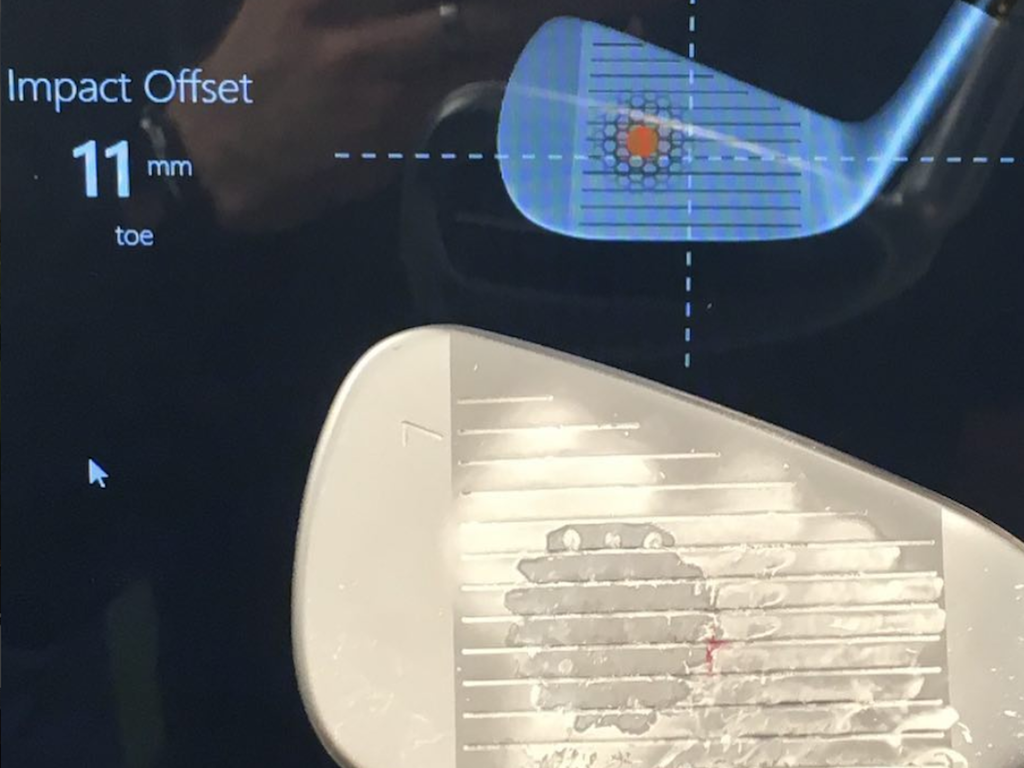
TrackMan users will now be able to get feedback on where they hit the ball on the face… finally!
As early as April 1, according to TrackMan, its TrackMan 4 will have the capability to provide feedback on impact location using its optically enhanced radar tracking system. Basically, the TrackMan 4 will use a combination of the radar system and the camera that’s on the system to get feedback on club-to-ball impact.
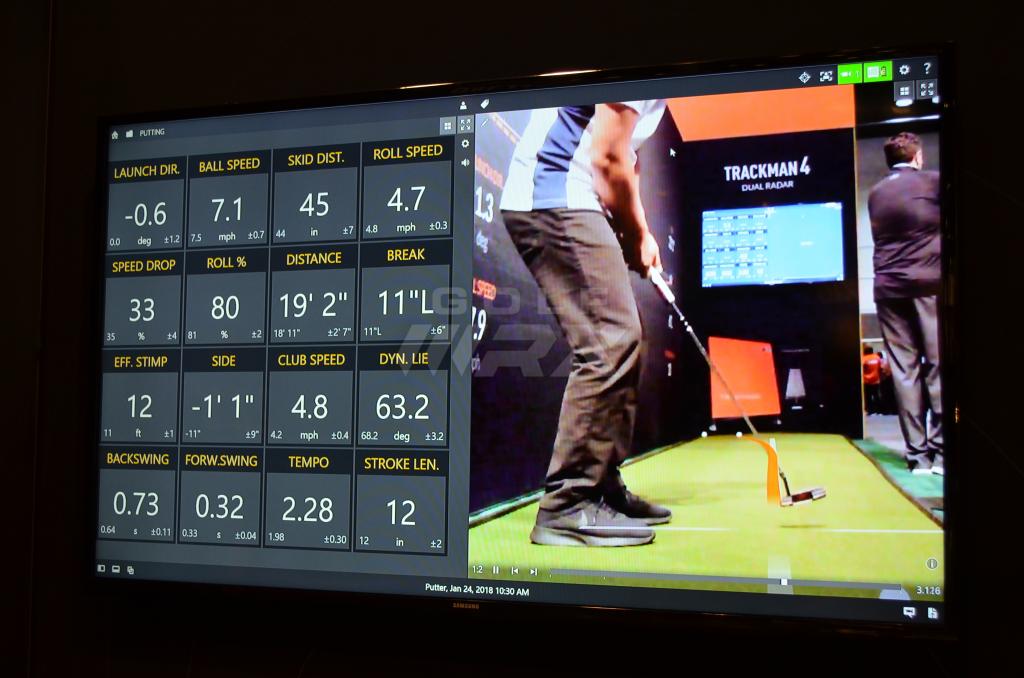
Actually, as TrackMan explained, its TrackMan 4 has been using the optically enhanced radar system in its putting analysis software that released in mid-December. See that orange line in the photo above? That line is the product of TrackMan using its radar and camera to provide feedback.

Except now, users will get what they’ve wanted from TrackMan for awhile; feedback on face impact on full swings, including impact height, impact offset, dynamic lie, and an orange dot that estimates where impact occurred.
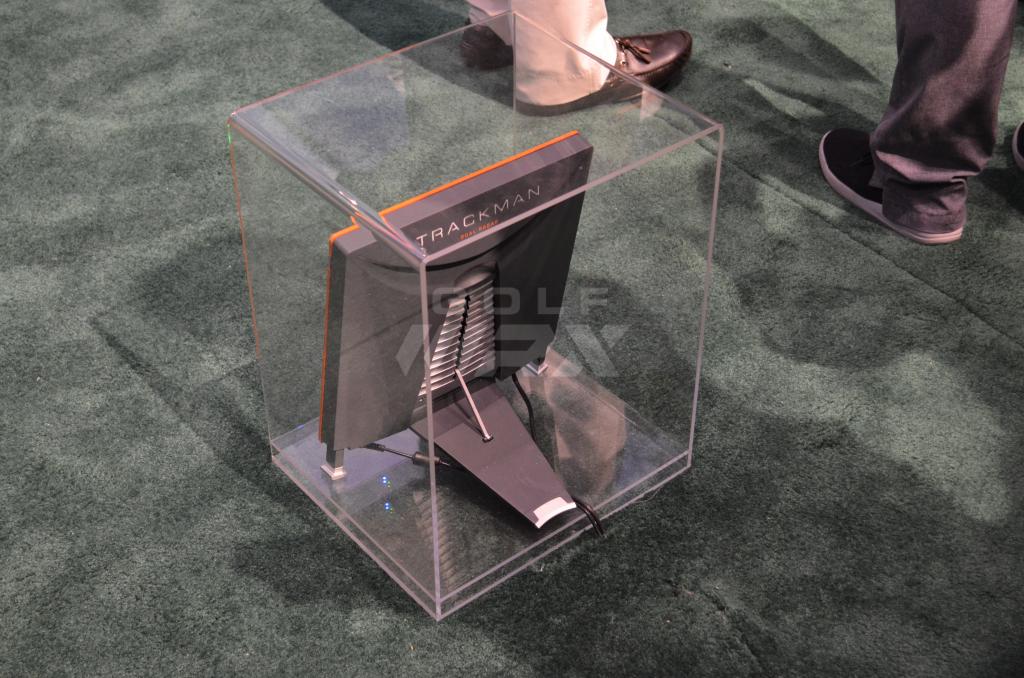
In order to use the impact location capability, TrackMan 4 owners will need to order a subscription, which costs $1000 per year. Or, for buyers who purchase the TrackMan 4 after the capability is released, there will be no subscription necessary, according to the company.
See all of our photos from the 2018 PGA Show here!
- LIKE44
- LEGIT1
- WOW1
- LOL3
- IDHT2
- FLOP2
- OB1
- SHANK14
Whats in the Bag
Scottie Scheffler’s winning WITB: 2024 Masters
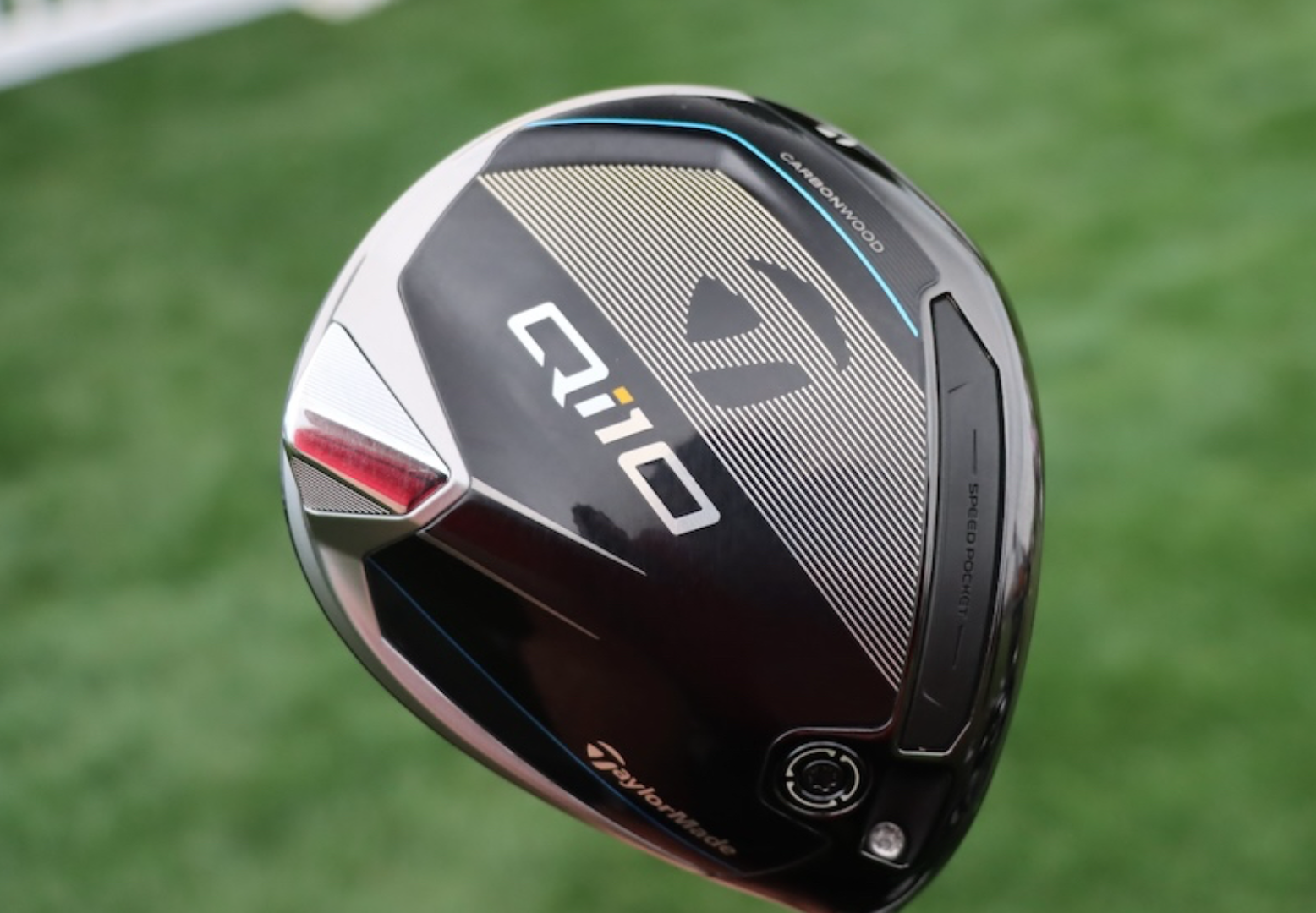
Driver: TaylorMade Qi10 (8 degrees @8.25) Buy here.
Shaft: Fujikura Ventus Black 7 X (45 inches)
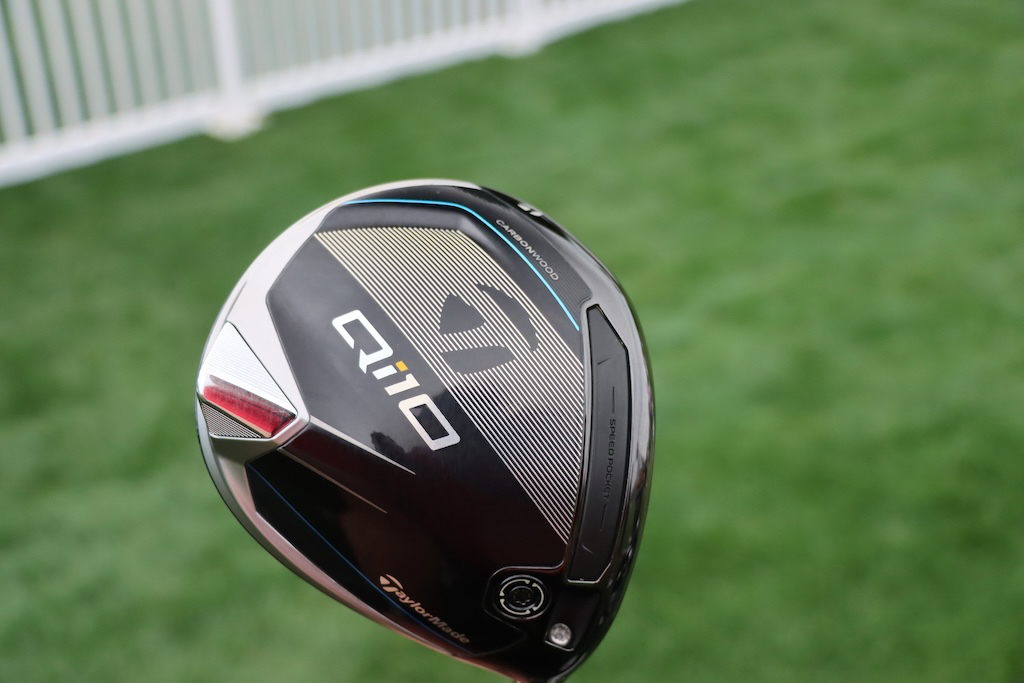
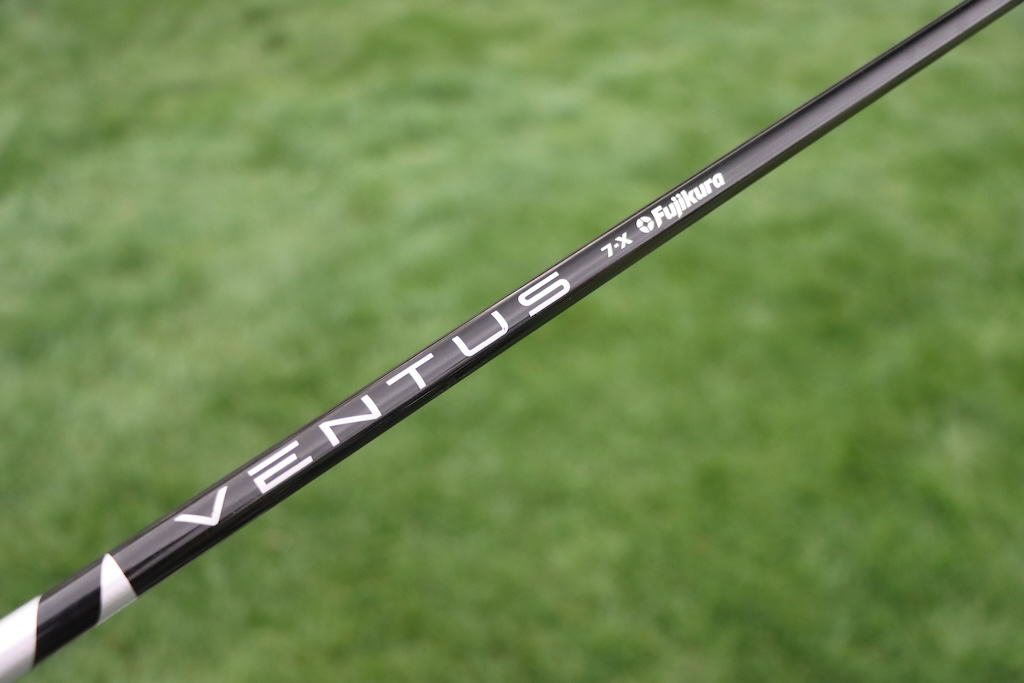
3-wood: TaylorMade Qi10 (15 degrees) Buy here.
Shaft: Fujikura Ventus Black 8 X
Irons: Srixon ZU85 (3, 4) Buy here, TaylorMade P7TW (5-PW) Buy here.
Shafts: Nippon N.S. Pro Modus 3 Hybrid Prototype 10 X (3), True Temper Dynamic Gold Tour Issue X100
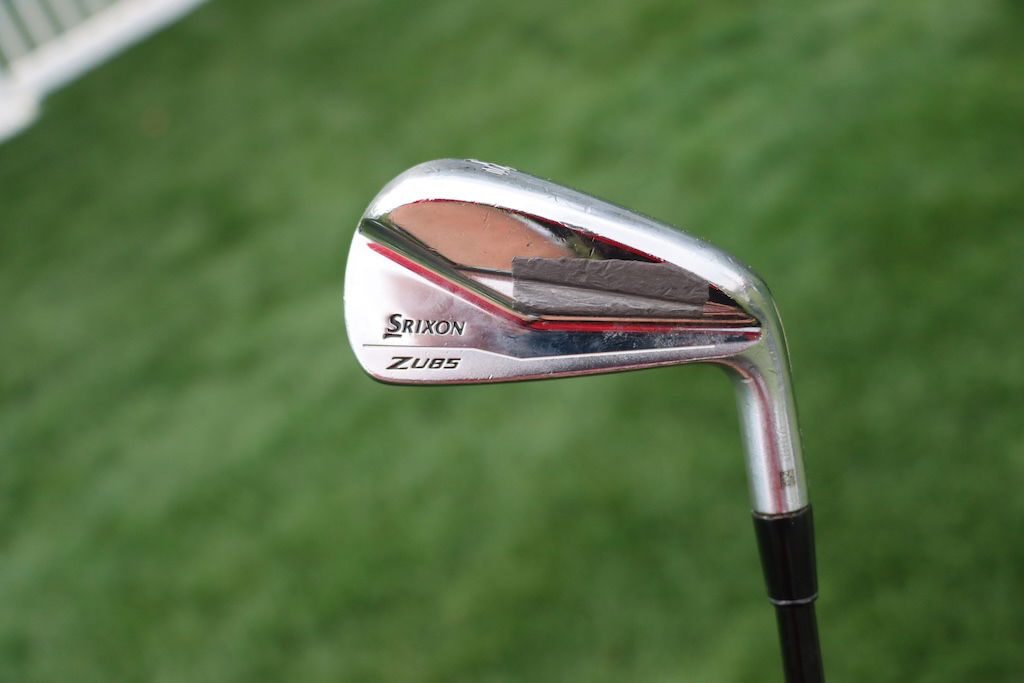
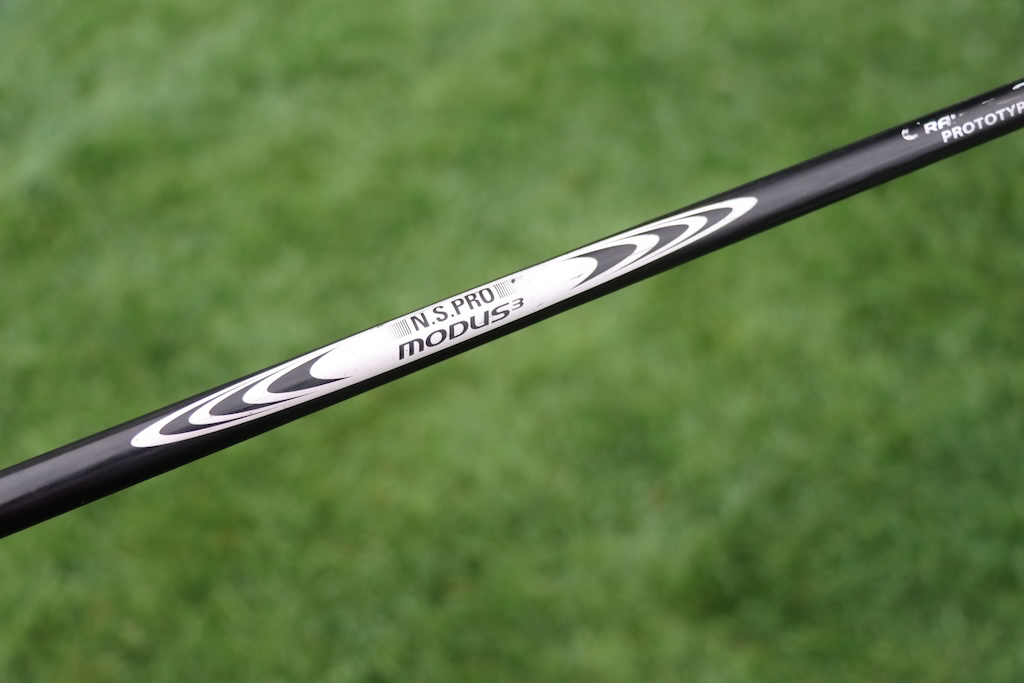
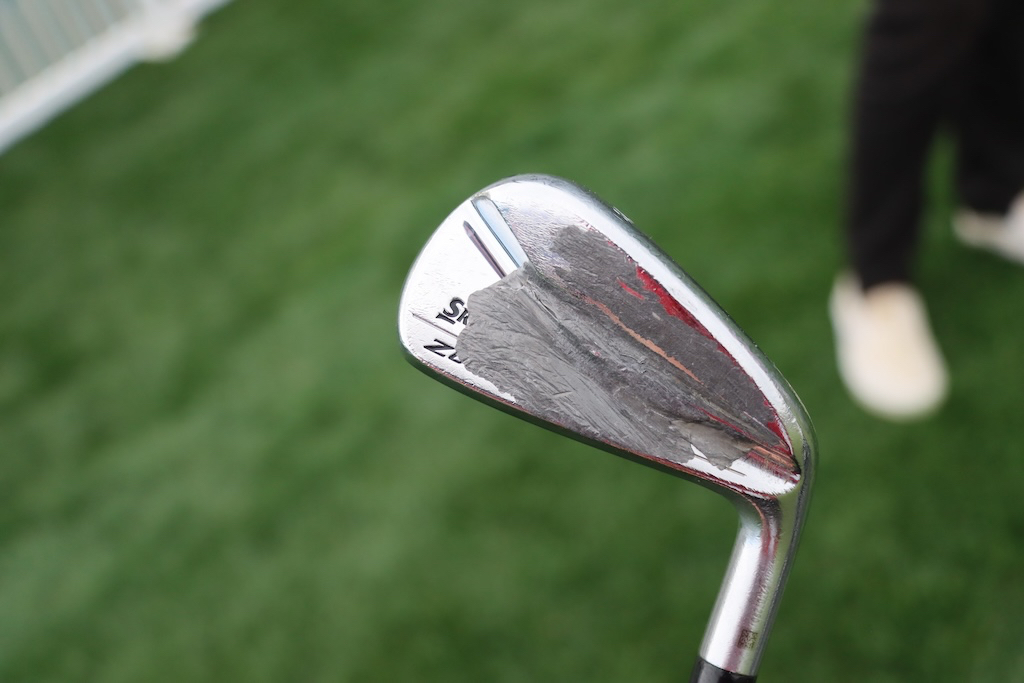
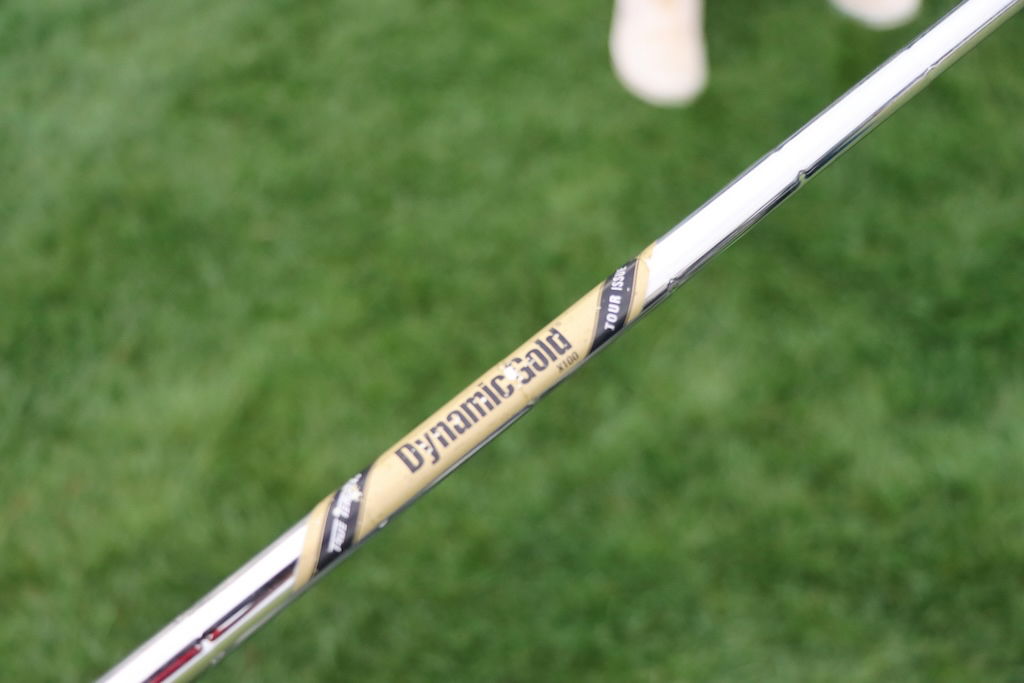
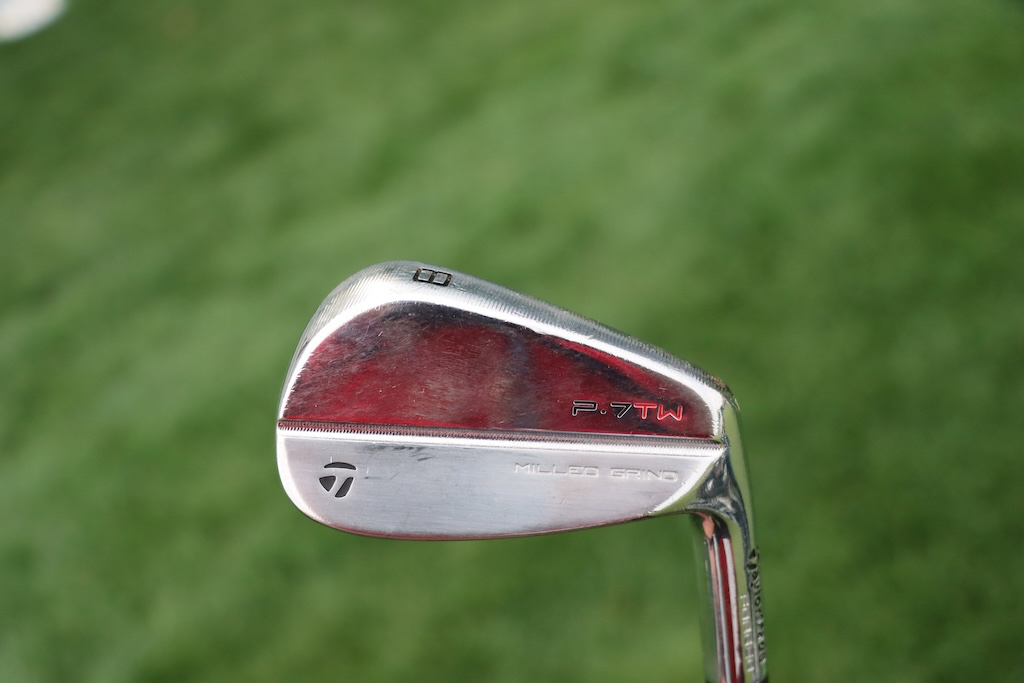
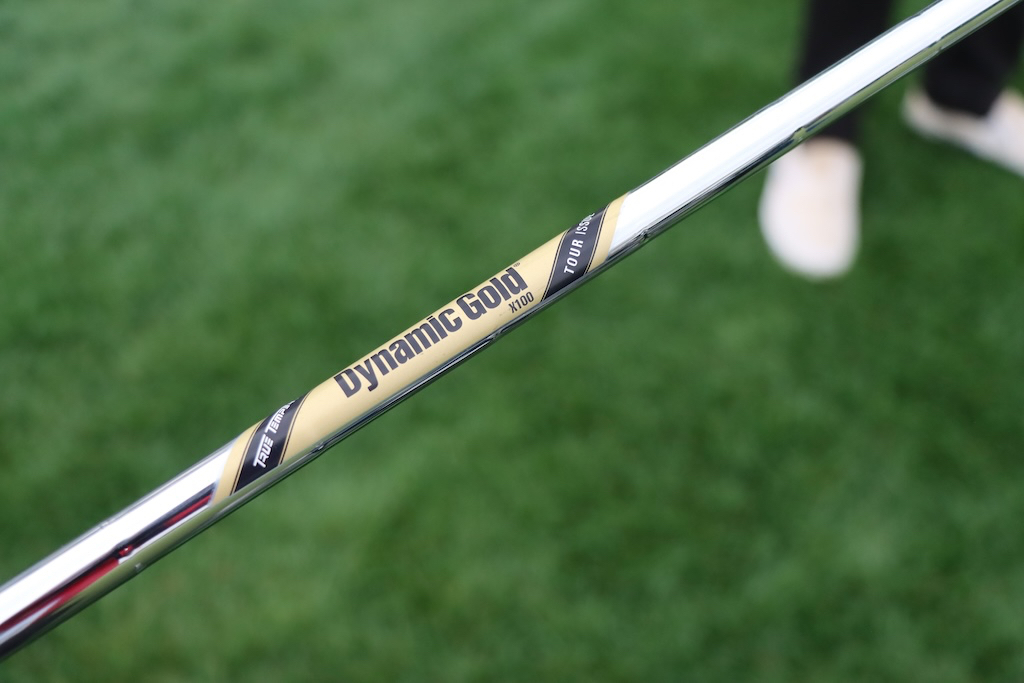
Wedges: Titleist Vokey Design SM8 (50-12F, 56-14F) Buy here, Titleist Vokey Design WedgeWorks Proto (60-T) Buy here.
Shafts: True Temper Dynamic Gold Tour Issue S400
Putter: TaylorMade Spider Tour X Buy here.
Grip: Golf Pride Pro Only Cord
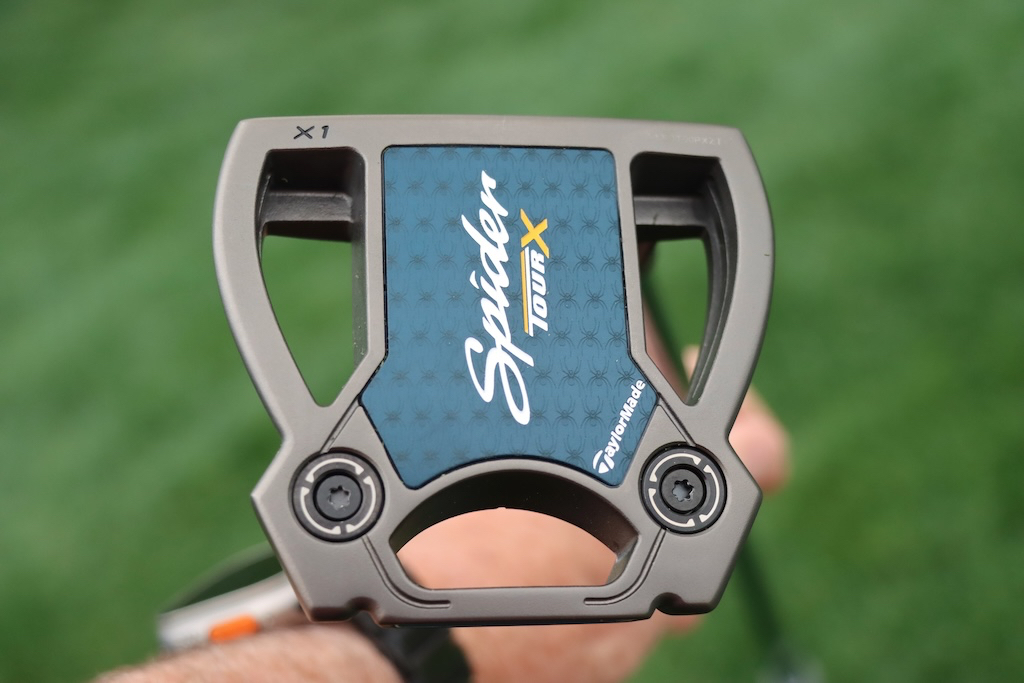
Grips: Golf Pride Tour Velvet
Ball: Titleist Pro V1 Buy here.
Check out more in-hand photos of Scottie Scheffler’s clubs here.
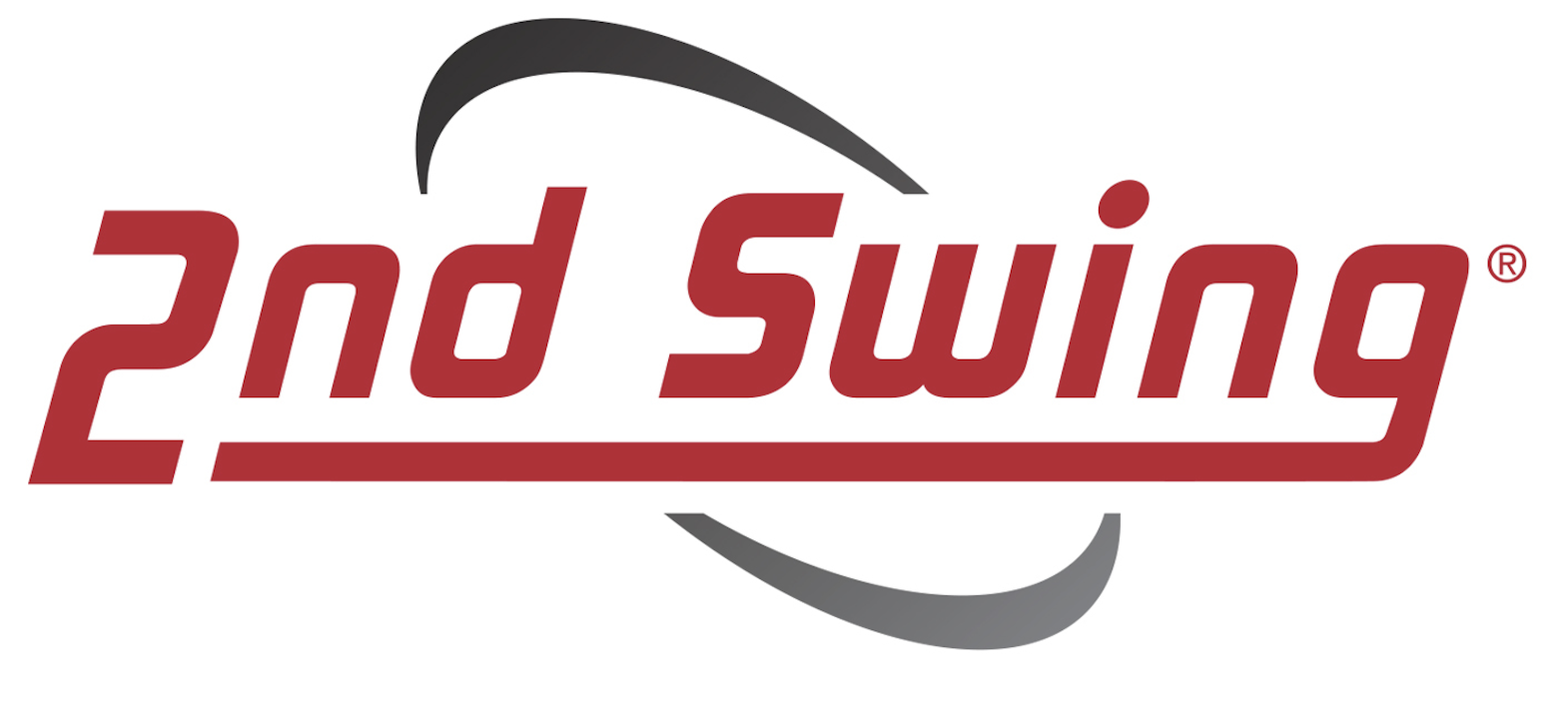
The winning WITB is presented by 2nd Swing Golf. 2nd Swing has more than 100,000 new and pre-swung golf clubs available in six store locations and online. Check them out here.
- LIKE29
- LEGIT4
- WOW1
- LOL1
- IDHT1
- FLOP1
- OB1
- SHANK2
Whats in the Bag
WITB Time Machine: Danny Willett’s winning WITB, 2016 Masters
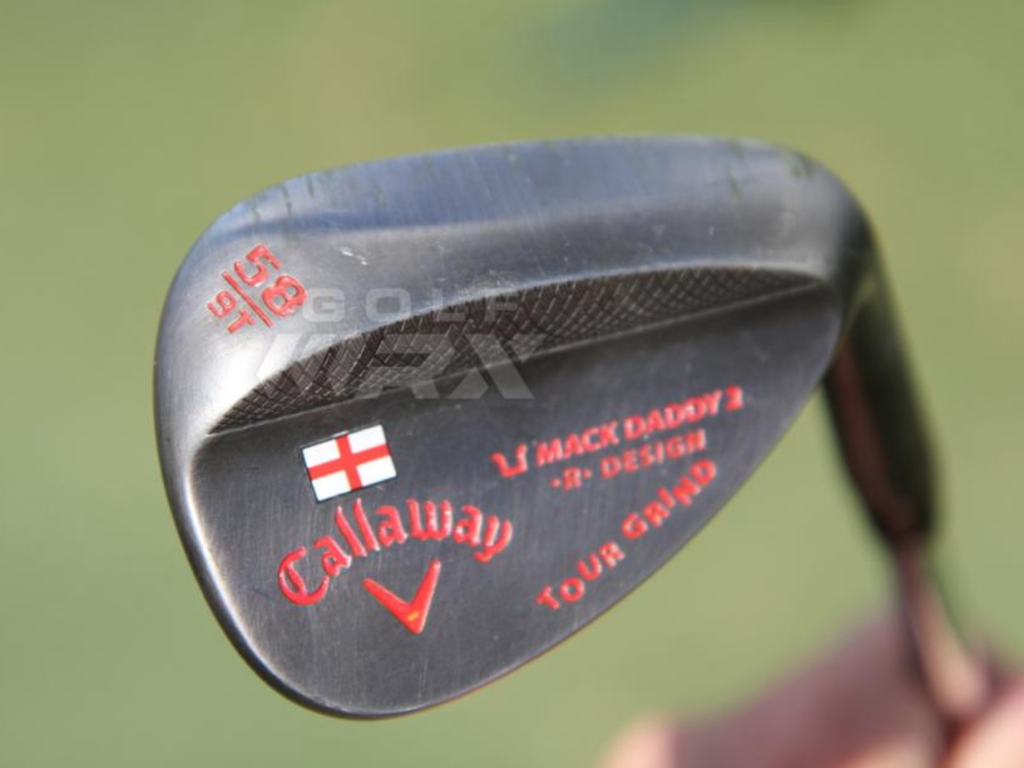
Driver: Callaway XR 16 (9 degrees)
Shaft: Mitsubishi Rayon Diamana W-Series 60 X
Length: 45.5 inches
3-wood: Callaway XR 16 (15 degrees)
Shaft: Mitsubishi Rayon Diamana W-Series 70X
5-wood: Callaway XR 16 (19 degrees)
Shaft: Mitsubishi Rayon Diamana W-Series 80X
Irons: Callaway Apex UT (2, 4), Callaway Apex Pro (5-9)
Shaft: True Temper Dynamic Gold X100 Superlite
Wedges: Callaway Mack Daddy 2 (47-11 S-Grind) Callaway Mack Daddy 2 Tour Grind (54-11, 58-9)
Shaft: True Temper Dynamic Gold X100 Superlite
Putter: Odyssey Versa #1 Wide (WBW)
Lie angle: 71 degrees
Ball: Callaway Speed Regime SR-3
Check out more photos of Willett’s equipment from 2016 here.
- LIKE7
- LEGIT0
- WOW1
- LOL0
- IDHT0
- FLOP0
- OB0
- SHANK0
Equipment
Project X Denali Blue, Black shaft Review – Club Junkie Review
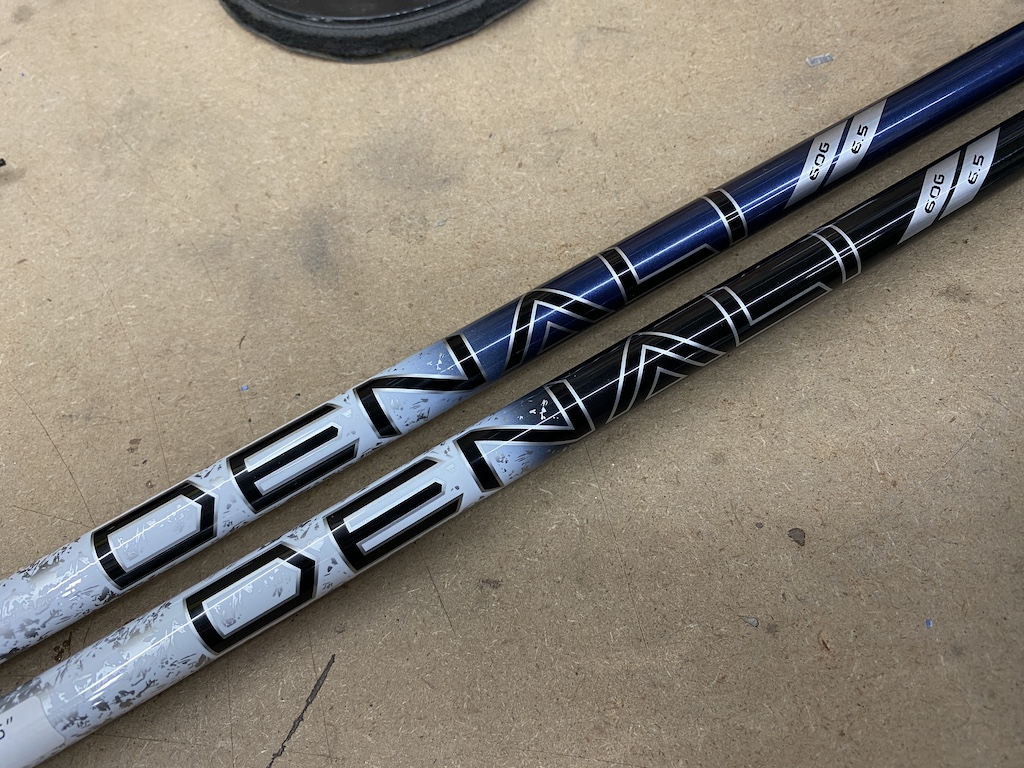
Originally, Project X was known for low-spin steel iron shafts. However, the company might now be known for wood shafts. Denali is the newest line of graphite shafts from Project X. With the Denali line, the company focuses on feel as well as performance.
There are two profiles in the Denali line, Blue and Black, to fit different launch windows. Denali Blue is the mid-launch and mid-spin profile for players who are looking for a little added launch and Denali Black is designed for low-launch and low-spin. Both models are going to offer you a smooth feel and accuracy.
For a full in-depth review check out the Club Junkie podcast on all podcast streaming platforms and on YouTube.
Project X Denali Blue
I typically fit better into mid-launch shafts, as I don’t hit a very high ball so the Denali Blue was the model I was more excited to try. Out of the box, the shaft looks great and from a distance, it is almost hard to tell the dark blue from the Denali Black. With a logo down install of the shaft, you don’t have anything to distract your eyes, just a clean look with the transition from the white and silver handle section to the dark navy mid and tip.
Out on the course, the Blue offers a very smooth feel that gives you a good kick at impact. The shaft loads easily and you can feel the slightly softer handle section compared to the HZRDUS lineup. This gives the shaft a really good feel of it loading on the transition to the downswing, and as your hands get to impact, the Denali Blue keeps going for a nice, strong kick.
Denali Blue is easy to square up at impact and even turn over to hit it straight or just little draws and most of the flex of the shaft feels like it happens right around where the paint changes from silver to blue. The Blue launches easily and produces what I consider a true mid-flight with the driver. While it is listed as mid-spin, I never noticed any type of rise in my drives. Drives that I didn’t hit perfectly were met with good stability and a ball that stayed online well.
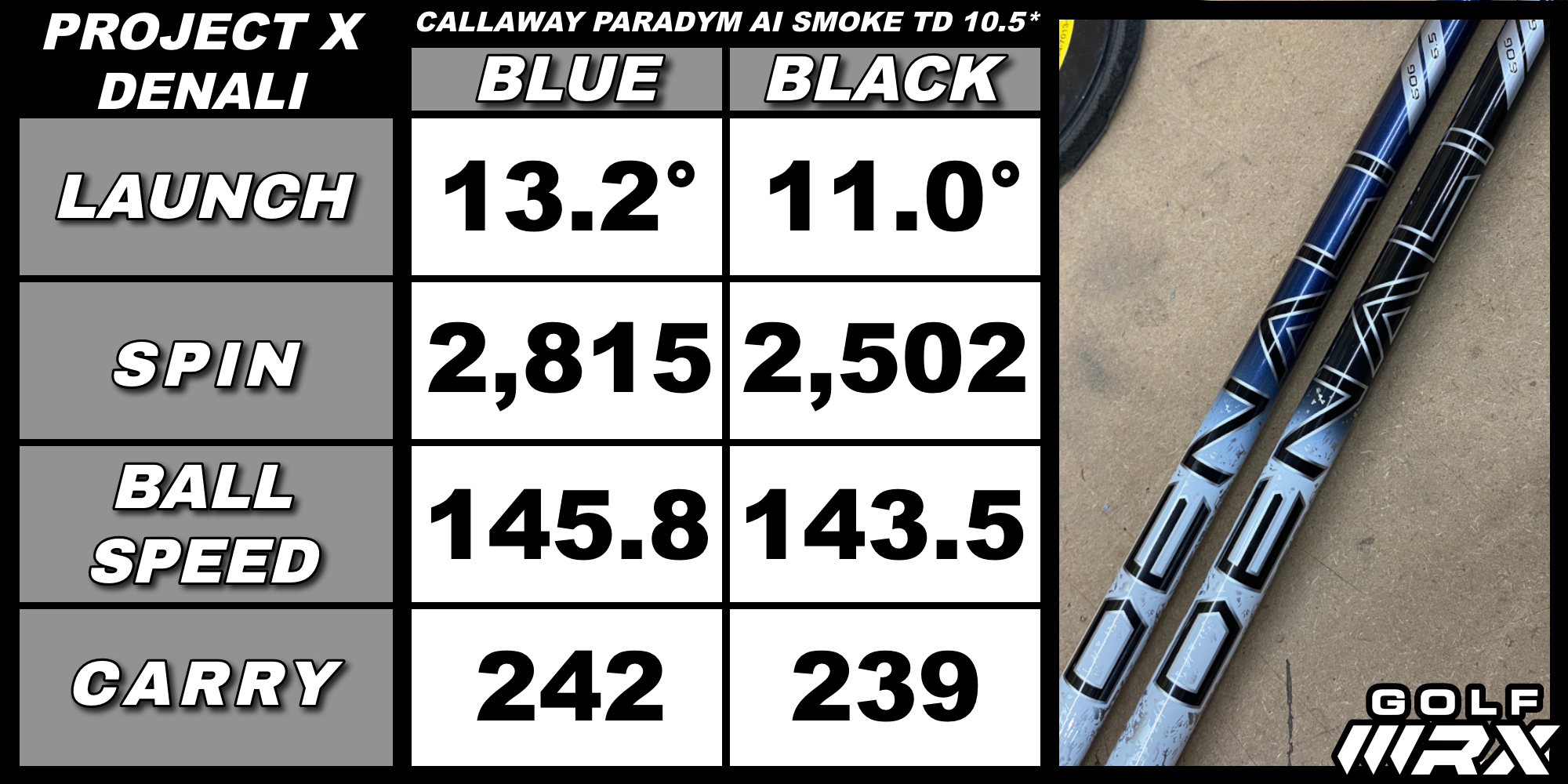
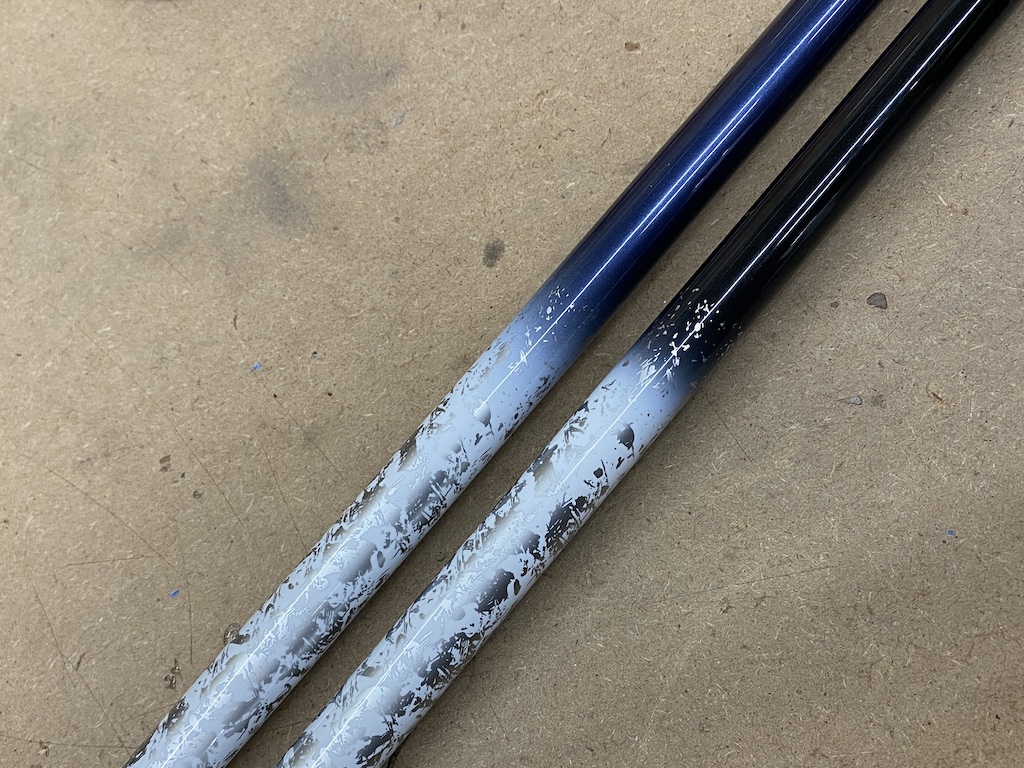
Project X Denali Black
When you hold the Denali Black in your hands you can tell it is a more stout shaft compared to its Blue sibling by just trying to bend it. While the handle feels close to the Blue in terms of stiffness, you can tell the tip is much stiffer when you swing it.
Denali Black definitely takes a little more power to load it but the shaft is still smooth and doesn’t give you any harsh vibrations. Where the Blue kicks hard at impact, the Black holds on a little and feels like keeps you in control even on swings that you try and put a little extra effort into. The stiff tip section also makes it a little harder to square up at impact and for some players could take away a little of the draw from their shot.
Launch is lower and more penetrating compared to the Blue and produces a boring, flat trajectory. Shots into the wind don’t rise or spin up, proving that the spin stays down. Like its mid-launch sibling, the Black is very stable and mishits and keeps the ball on a straighter line. Shots low off the face don’t get very high up in the air, but the low spin properties get the ball out there farther than you would expect. For being such a stout shaft, the feel is very good, and the Denali Black does keep harsh vibrations from your hands.
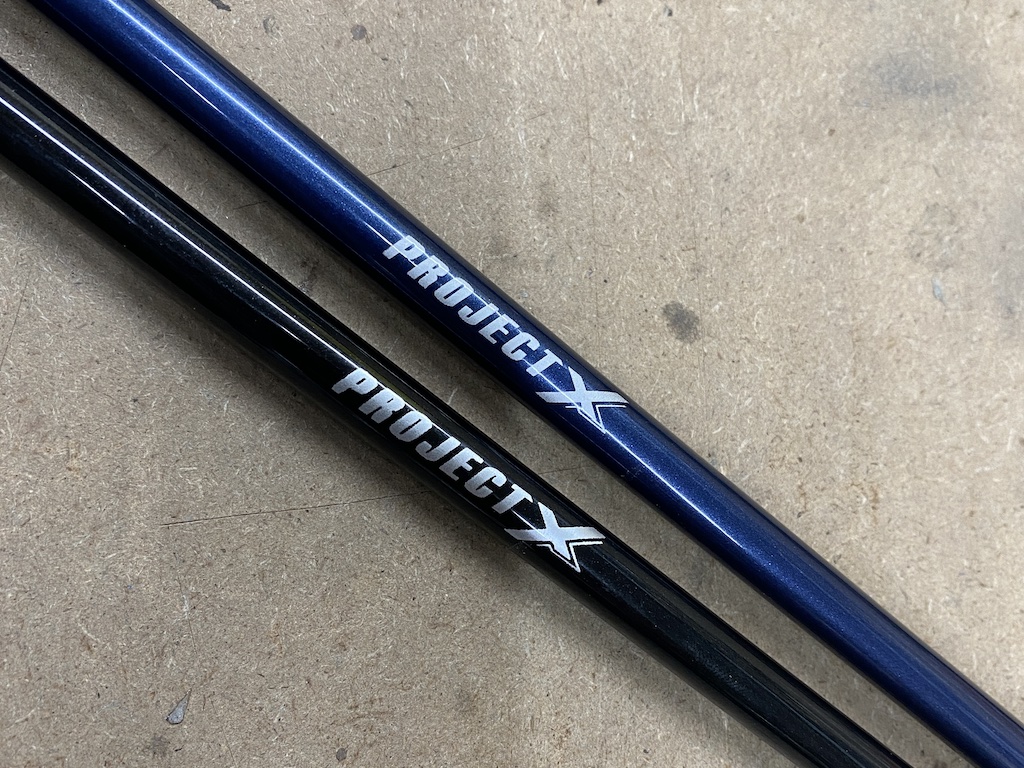
Overall the Project X Denali Blue and Black are great additions to the line of popular wood shafts. If you are looking for good feel and solid performance the Denali line is worth trying out with your swing. Choose Blue for mid-launch and mid-spin or Black for lower launch and low spin.
- LIKE4
- LEGIT4
- WOW2
- LOL0
- IDHT0
- FLOP0
- OB0
- SHANK0
-

 19th Hole5 days ago
19th Hole5 days agoDave Portnoy places monstrous outright bet for the 2024 Masters
-

 19th Hole3 weeks ago
19th Hole3 weeks agoJohn Daly stuns fans into silence with brutal opening tee shot on PGA Tour Champions
-

 19th Hole2 weeks ago
19th Hole2 weeks agoThings got heated at the Houston Open between Tony Finau and Alejandro Tosti. Here’s why
-

 19th Hole6 days ago
19th Hole6 days agoTiger Woods arrives at 2024 Masters equipped with a putter that may surprise you
-

 19th Hole2 weeks ago
19th Hole2 weeks agoReport: Tiger Woods has ‘eliminated sex’ in preparation for the 2024 Masters
-

 19th Hole3 weeks ago
19th Hole3 weeks agoCharlie Woods finds it tough going on American Junior Golf Association debut
-

 19th Hole2 weeks ago
19th Hole2 weeks agoAddiction, spinal fusion, and scam artists – Everything Anthony Kim revealed in candid interview with David Feherty
-

 19th Hole1 week ago
19th Hole1 week agoAnthony Kim says doctors told him that he ‘may not have much time left’ ahead of LIV return



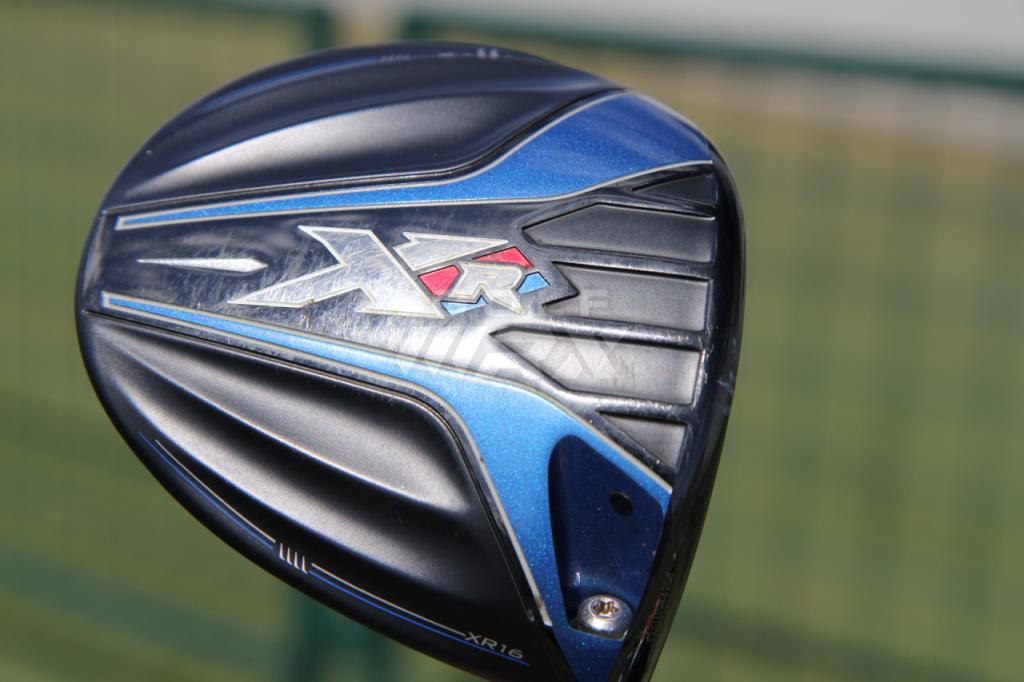
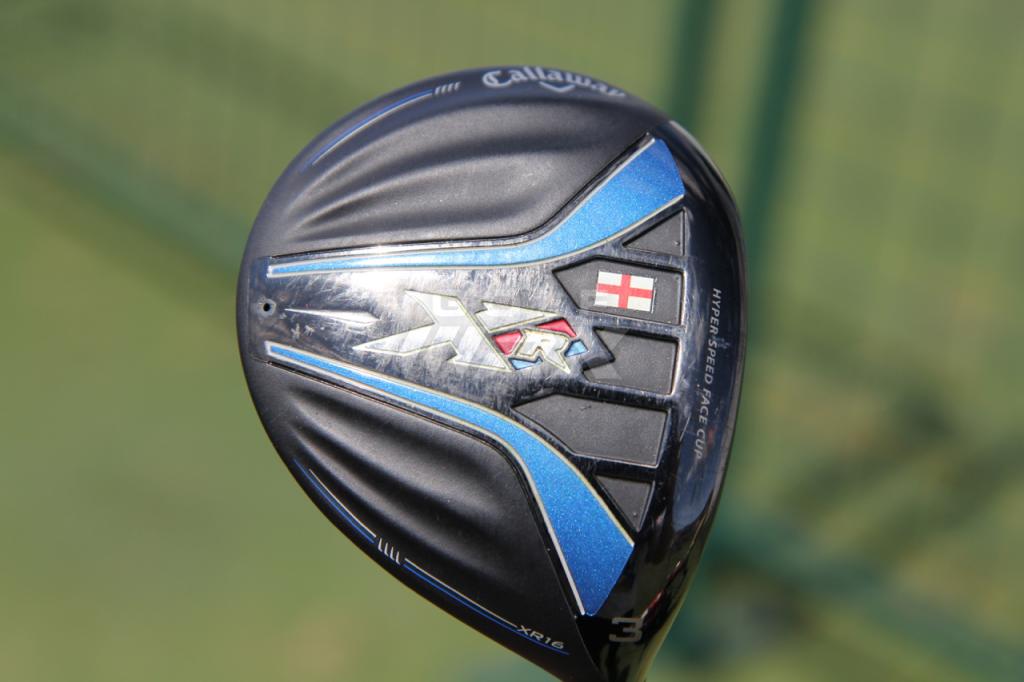

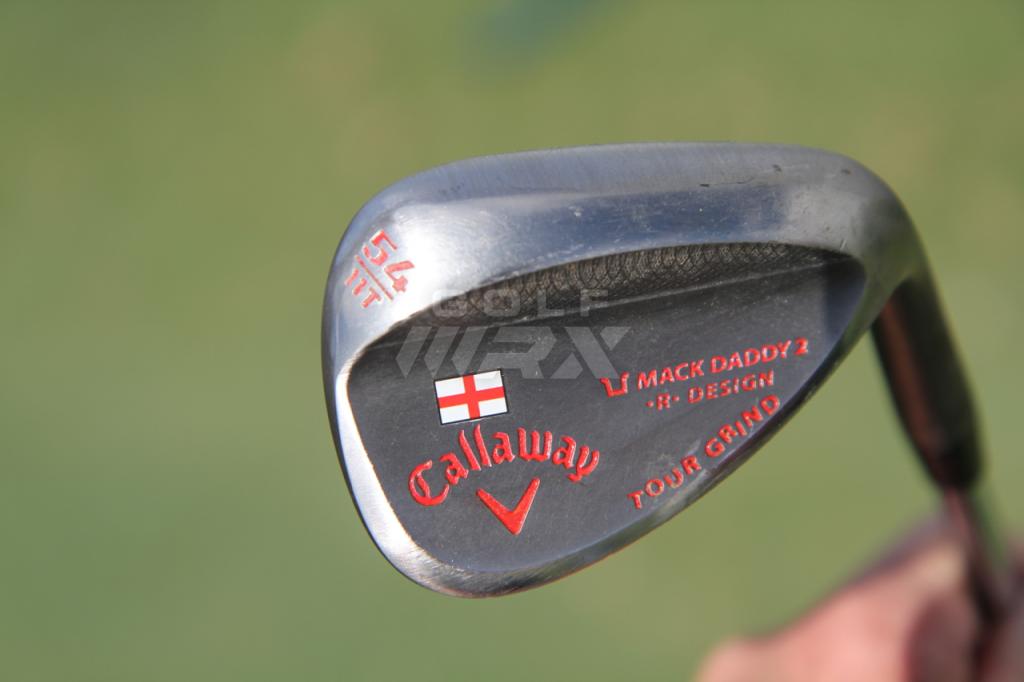
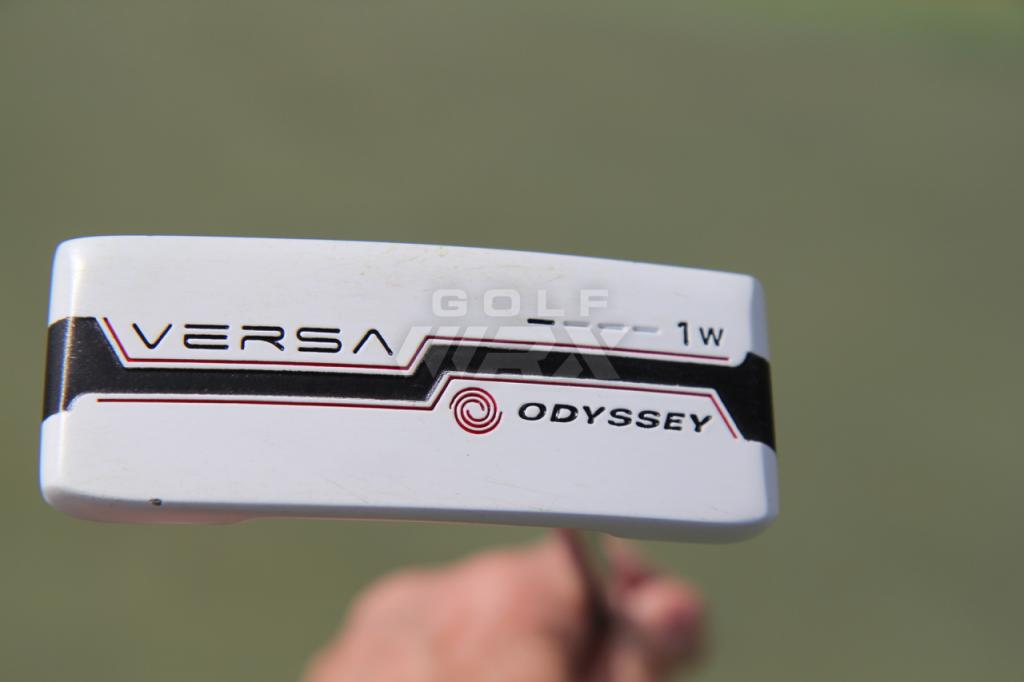














Francis
Jan 26, 2018 at 6:48 am
TrackMan measures ball until it lands or hits the net, indoors or outdoors. It also measures all club and impact data between waist high to waist high on follow through. Optical systems simply see about 1-1.5’ft of ball/club and then apply algorithms to predict ball flight. The comments to the contrary above are flat out incorrect.
To be clear, “measuring” and “calculating” are the same thing: both require a series of inputs that create an output. The difference between the two types of systems lies in sample rates (how many data points in specific period of time), measurement precision (consistency) and measurement accuracy (how close to actual value).
This is an easy test. Hit a ball full flight with a TM and any other products, and watch the ACTUAL landing point very carefully. This is the reason it is overwhelmingly used by EQMs, Tour players, colleges and coaches.
TM is a fantastic product, with no club making stickers needed to measure club data. The comments claiming the contrary are disingenuous at best.
LEOMODE
Jan 27, 2018 at 2:29 am
How would you respond to Trackman losing to GC series indoor? I know at least 5-6 hardly loyal GC users who would think Trackman is simply way inferior than GC series because of how the radar is made. I explain it to them in my test since they never had or tested side by side, but they are pretty firm on their mindset.
I agree on the part that if there is not enough space of at least 21ft (9ft from TM to ball, 12ft from ball to screen) and without a metallic sticker on a ball, TM would not output data (not entirely inaccurate, only except ball spin), since TM doesn’t show any data if its not confident. However in my testing indoor data was within tolerance with HMT data.
What would you say to a radar system indoor in general vs a camera system?
joey
Jan 25, 2018 at 7:32 pm
What do you mean by real time data? The quad measures everything. The only thing that is calculated is carry distance, peak and curvature. This is based on accurate measurements of ball speed, spin axis and launch angle. Pretty much everything that the TM does with club data is based upon ball data (which it only measures ball flight up to 170m, the rest is algorithm). Try and test a quad outside against a TM4 and look at the numbers. Either way, both are really good products in their own right, but my money is on the quad due to indoor/outdoor use and the fact that TM charges annual fees and fees for software upgrades.
Ollie
Jan 25, 2018 at 3:09 pm
But it doesn’t matter any more where you hit on the clubface because new clubs are so forgiving.
Twist Face driver technology, jello-filled hollow irons, amazing putter structures and face patterns, all provide the serious golfer with results that obviate the need for radar-optical determination of impact location.
TM, PXG, Scotty, have engineered-out the miss-hit errors in their technologically advanced club designs.
BP
Jan 25, 2018 at 10:49 pm
Ollie !!!
BDS
Jan 26, 2018 at 1:58 pm
I guess I need to buy the clubs that don’t care if I heel it, toe it, blade it or chunk it. Because if those clubs are out there I can’t wait to buy them and be a scratch golfer!
Frankie
Jan 25, 2018 at 11:28 am
Why pay $25k with a $1k yearly subscription for something that’s only calculating the club data and impact spot (TrackMan 4) when you can pay $18k one-time no subscription for something that actually measures the club data and impact spot (Foresight GC Quad)?
Eric
Jan 25, 2018 at 12:12 pm
bc GCQuad is camera based and does not provide real time ball data/club data, different purposes altogether.
CB
Jan 25, 2018 at 2:54 am
It’s still guessing where it hit. How does anything, or anybody, accurately spot where on the face it hits if it’s looking at it from the back of it? It’s like looking at somebody’s back of the head and imagining what they look like lol
the dude
Jan 25, 2018 at 8:51 am
good point…maybe im missing something that is illustrated
LEOMODE
Jan 27, 2018 at 2:37 am
That is what amazes me of Trackman calculating all these data without seeing it and STILL be within a tolerance limit of a camera system. This is just wonders.